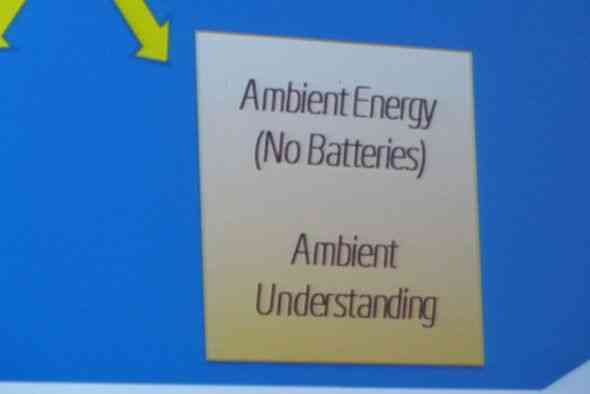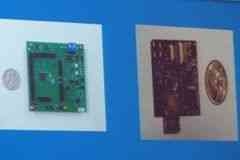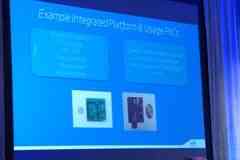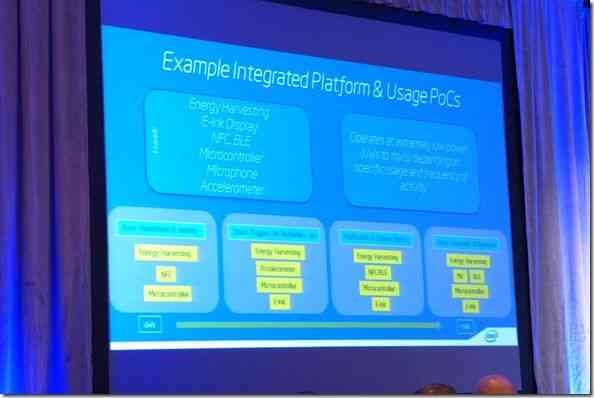I just saw a presentation by Intel on the future of batteries, energy and small devices and I didn’t realize the research had got this far. We can now harvest mW of energy from the area on and around a small device. It doesn’t sound a lot but look at functions like NFC which use micro-Watts of power.
Battery technology isn’t advancing quickly. It’s because the chemistry is tough and expensive or profit margins are at risk or even that it’s simply shackled by political control. Ambient energy could be a way out.
How are Intel harvesting energy? It’s through the use of RF, solar, vibration and thermal energy that exists around a small device. Is this theoretical? No. Intel have some dev boards in the labs…
As the presentation progressed I wondered just what was possible with a few mW of energy (considering that a smartphone, in the deepest screen-off standby, takes 20 or more mW to stay alive!.) The answer is, quiet a lot.
If we think about the progress of energy efficient electronics over the last 50 years we can project that forward. The slide above would show a whole lot more – possibly enough to pout together some pretty amazing connected computing devices. Without batteries we break through in terms of cost (batteries are expensive components) and size and weight.
So what is the prediction for the time needed to create the first energy harvesting device? I don’t know. NFC is here today but how about some e-ink book readers running on Solar power. That shouldn’t take more than a few years. Smartphones running from harvested energy, a bit longer. Could computers and tablets end up being powered by harvested energy? It’s only a matter of time.














